
About This Quiz
Did you know that historians have been able to trace the use of cosmetics and skincare products back to the ancient Egyptians? That's more than 5,000 years of beauty secrets and makeup advice being handed down from generation to generation. Before there was Google - before there were even professional makeup artists and skincare experts to consult - there were the tried-and-true beauty tips that people passed along to help boost their confidence and improve their appearance.
Where have all of the tips and tricks that you swear by even come from? Mom? Magazines? The Internet? Today, there are so many sources for skincare secrets and so many ways to swap eyeliner advice, that it's relatively easy to find beauty info. But it's even better when you have a sister, a brother or a best friend who knows everything there is to know about makeup and moisturizers. It's also awesome when you're schooled in these topics.
If you fancy yourself to be a bonafide beauty expert, this is the quiz for you! It's packed with some of the most commonly asked questions about makeup techniques, skincare products, hair care regimens and more. Can you answer them all? Kick up your feet, slather on a face mask and find out!

The order in which you put on skincare products makes a difference in the way that they work. Because most moisturizers are fairly thick, it's best to apply serum first so it can properly penetrate the skin.

Green and red are opposite colors on the color wheel, which means that they cancel each other out. As a result, green-tinted concealer is the best way to hide skin problems that cause redness, such as acne or rosacea.

Even if your manicure looks great and has no chips, most professional manicurists recommend getting your gel polish removed and redone after two weeks. Keeping it on longer can cause damage to your nails.
Advertisement

Mascara tubes can be a breeding ground for bacteria, which is why you should replace them regularly to avoid eye irritation and infections. It's also good to invest in a new mascara after having a cold or the flu, and it's never smart to share a mascara wand with another person.
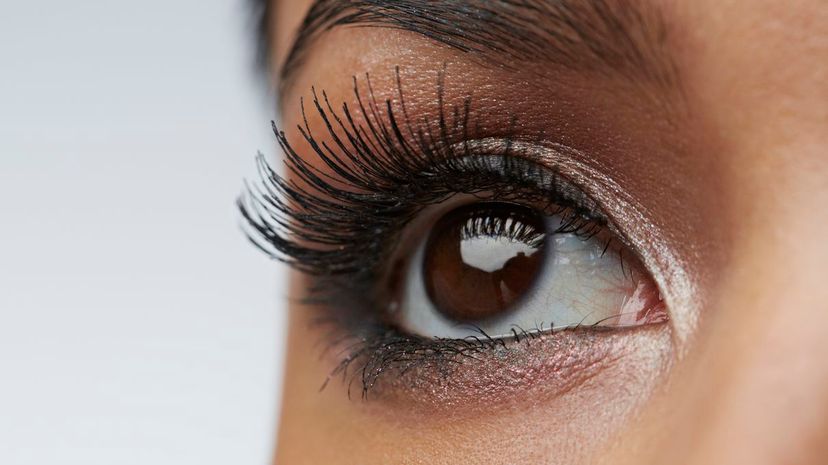
Lash lifts give your eyelashes a semi-permanent curl that lasts for about six to eight weeks. which is about the length of the lash growth cycle. It's often paired with a lash tint to make lashes even more noticeable.
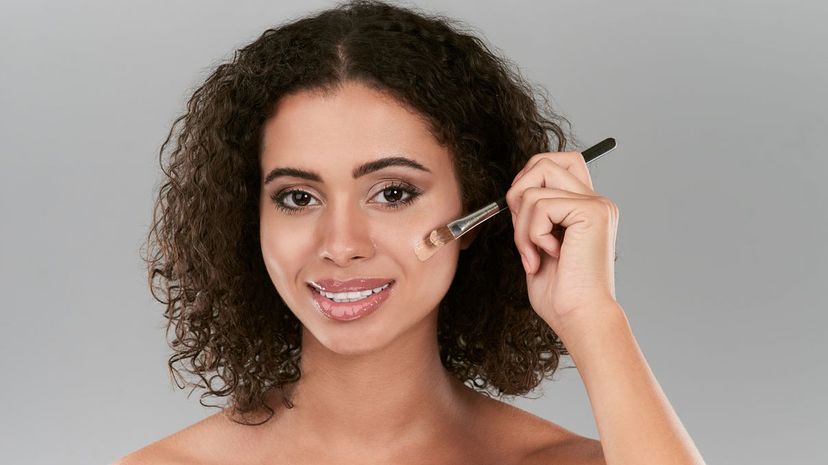
To find the shade of foundation that best matches your skin tone, most makeup experts suggest testing it along the jawline, which is where your complexion is most even. If the shade is barely detectable after being blended into the skin, it's the right color for you.
Advertisement

To keep your skin healthy and your brush bristles free of bacteria build-up, you should wash your makeup brushes at least once a week with warm water and mild soap or makeup brush cleanser.

Unfortunately, it's physically impossible to heal spit ends. Once hair is dead, it can't repair itself. The only real way to get rid of split ends is to chop them off so they can be replaced with healthy hair growth.

You still need to moisturize your skin regularly if it's oily. Skipping this step altogether can lead to an increase in oil production and shininess. Look for lightweight formulas that are non-comedogenic and oil-free.
Advertisement

Technically, wearing sunglasses will hide under-eye circles, however it's not particularly convenient during the evening or when you're indoors. Instead, use a color-correcting concealer - yellow is best for circles with a deep blue or purple hue, while orange or peach is most effective for canceling out under-eye circles with a brownish tint.

Using a jade roller on your face regularly helps fight wrinkles, reduce puffiness, smooth skin and relax the facial muscles. The tool also helps products like serums and essences more effectively penetrate the skin.

No matter how tired you may feel, washing your face before bed should be a nightly ritual. Your skin is exposed to so much ickiness throughout the day - dirt, oil, makeup, dust - that cleansing before you crash is necessary. At the very least, keep a pack of makeup wipes by your bed for those late nights when you can't make it to the bathroom sink.
Advertisement

Most makeup artists recommend putting on concealer after foundation so it doesn't get smudged off the area you intend to cover when you blend in your foundation. You also don't have to use as much when you apply concealer over a layer of foundation.

Applying primer before makeup adds an extra step to your routine, but it's well worth the effort. When you use primer on your face, checks and eyelids, your foundation goes on smoother and your color stays on longer.

As tempting as popping a big zit may be, there's always a chance you'll damage your skin (and maybe leave behind a scar) if you do it yourself. But if you can't resist, make sure you wash your hands or wear rubber gloves, and disinfect any tools before using them.
Advertisement

Like mascara, liquid eyeliner can attract bacteria and cause eye irritation and infections if it's not replaced on a regular basis. Most formulas also tend to become dry and flakey when they pass the three-month mark.

Because it's physically impossible to examine every area of your body yourself (think about your back and your butt!), you should be seeing a dermatologist at least once a year so they can check your skin for pre-cancerous growths.

In addition to helping prevent skin cancer, sunscreen is essential for keeping your skin looking young and wrinkle-free, even if there are clouds in the sky. Makeup can only be used as a substitute if it is formulated with SPF. You should aim for an SPF of 20 or higher.
Advertisement
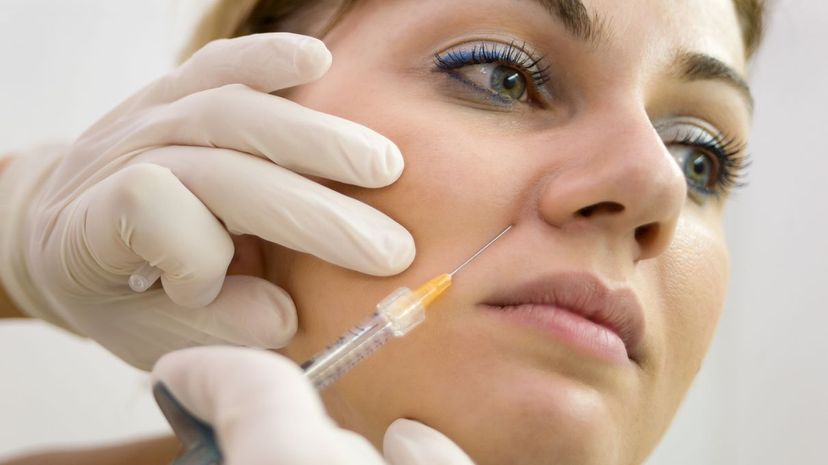
Also called soft tissue fillers, dermal fillers are injected into your skin to add volume and firmness. Depending on the type of filler that's used, they are designed to address a wide range of skin issues and can last anywhere from six months to two years.

It's always good to have a brow comb or spoolie in your makeup bag for this very reason. If your mascara clumps while you're applying it, a brow comb will remove the excess without smudging the color.

Eye lashes should only be curled when they are clean and free of makeup. When a lash curler is used on lashes that are already coated in mascara, it can cause damage to both your lashes and your curler.
Advertisement

Hair that's straight, thin and/or fine tends to get dirty quickly and requires more frequent washing than hair that's dry, coarse and/or curly. Only hair that's very oily needs to be shampooed every day.

Called waterlining, this technique is safe if you have a steady hand. Go slowly and use a kohl pencil with a waterproof formula. Never use liquid eyeliner or powder directly on your waterline.

Don't neglect your décolleté (which is pronounced DAY-co-let-TAY) - it's one of the areas where your skin is most delicate. To keep it soft, smooth and wrinkle free, hydrate the area at least once a day with a facial moisturizer and neck cream.
Advertisement

Pink and red lip colors that feature blue undertones tend to make teeth appear whiter than they actually are. Avoid shades like orange, deep red and nude if you're self-conscious about your teeth, as these colors can amplify the look of yellow.

The color wheel is at it again! Because purple is the opposite color of yellow on the wheel, purple shampoo neutralizes yellow, brassy tones in fading blonde hair and restore its brightness.

The skin around the eye area is very thin and can be irritated by a regular facial moisturizer. In addition, the issues you typically want to address around the under eyes - dark circles and redness, for example - require a specific formula.
Advertisement

Believe the hype; waterproof formulas really do work! Because they are formulated to dry to a matte finish, most waterproof mascaras will not come off unless they come in contact with an oil.

Unfortunately, it's physically impossible to shrink your pores. But there are plenty of things you can do to minimize their appearance, such as using a makeup primer and exfoliate your skin regularly.

Washing your face regularly with a cleanser formulated for oily skin will help reduce shininess over time. A matte foundation can also help keep oil at bay, and there's nothing better than blotting papers for an instant fix.
Advertisement

When you "bake" your face, you let translucent powder sit on specific areas (such as under the eyes and around the nose) for five to 10 minutes before dusting it off. The technique allows the heat from your face to set your base foundation and concealer for a creaseless, long-lasting look.
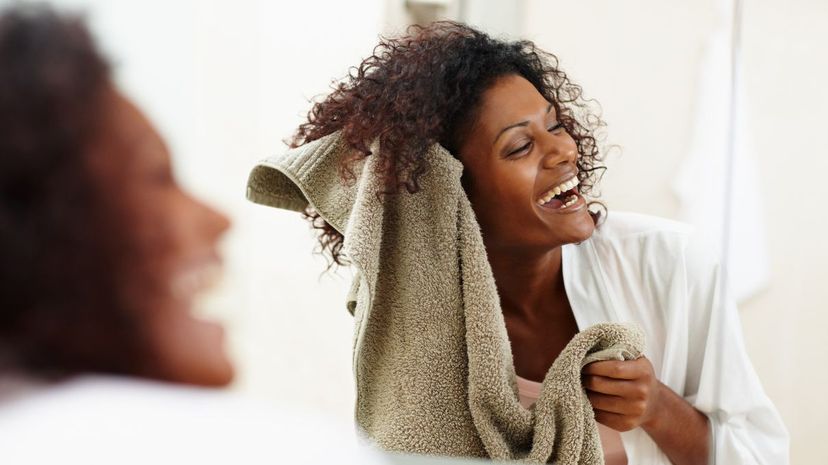
While dry shampoos are a great way to reduce oiliness and extend the life of a blowout, they should not be used as a replacement for washing your hair. In fact, using dry shampoo too often can dry out the scalp and cause dandruff.

Applying a coat of clear polish to your nails before adding color is one of the best ways to keep your nails healthy, avoid discoloration and prevent colored polish from chipping.
Advertisement

For the most part, cream-to-powder foundation is intended for people with very oily skin. Because it evaporates on contact, it tends to dry out skin that is dry, combination or normal.

Alpha hydroxy acids (AHAs) are naturally occurring chemical compounds that help keep skin smooth, soft and wrinkle-free. Commonly used AHAs in skincare include citric acid, lactic acid, glycolic acid and malic acid.
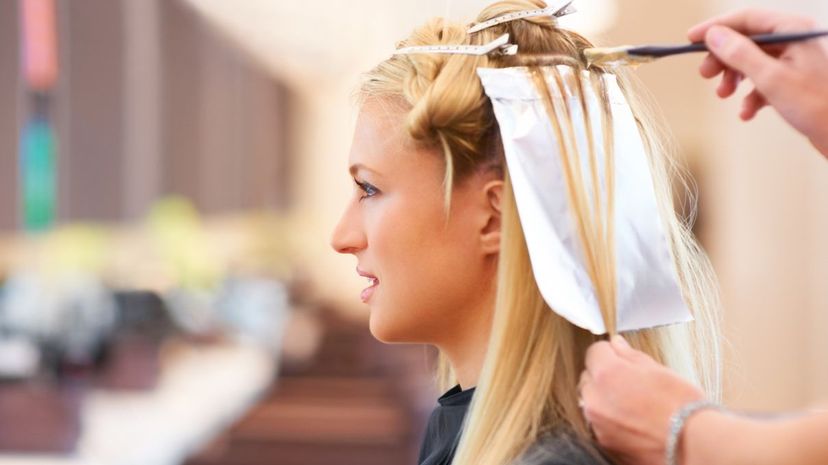
Balayage is a hair-highlighting technique that involves hand-painting individual strands with dye to achieve a natural-looking gradation of color. In French, the term balayage means "to sweep."
Advertisement

Lip liner should be applied before lipstick because it works as a base and creates a barrier around the lips to prevent color from bleeding or feathering. Lip liner tends to be very drying, however, so if you are prone to chapped lips, put on a coat of lip balm first.

This one is up to you. There's no one right way to apply foundation. For some people, rubbing the product between the hands is helpful because it's warming and makes the foundation easier to blend. Others prefer tools like a dampened Beautyblender because they add extra hydration.

While both products are designed to lock in pigment and prevent makeup from smudging, a setting spray gives the face a fresh, dewy glow, and a makeup setting powder provides a matte finish.
Advertisement

Typically, normal to combination skin should be exfoliated with a mild scrub two to three times a week. If you have sensitive skin, once a week is enough. Most skin types do not need daily exfoliation, as over-exfoliation can cause irritation and redness.